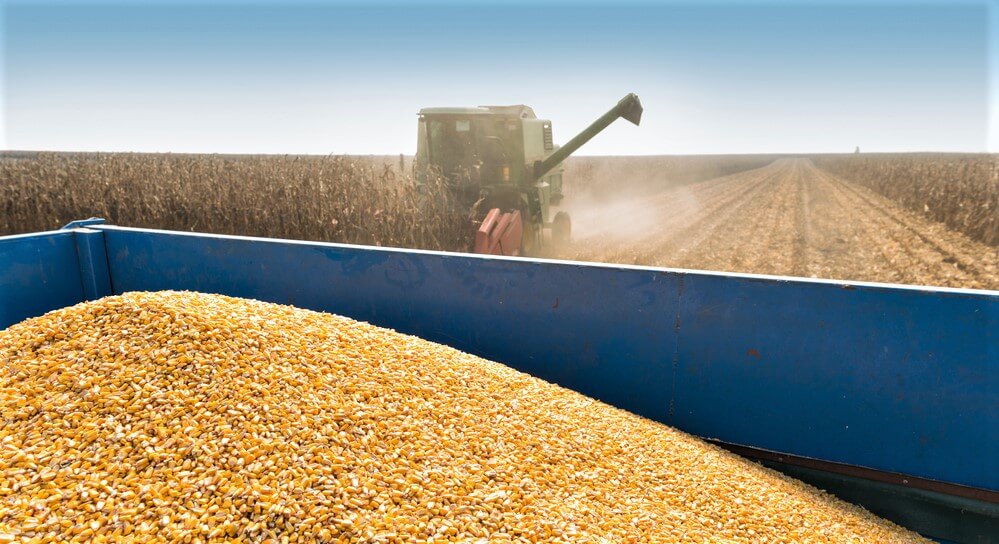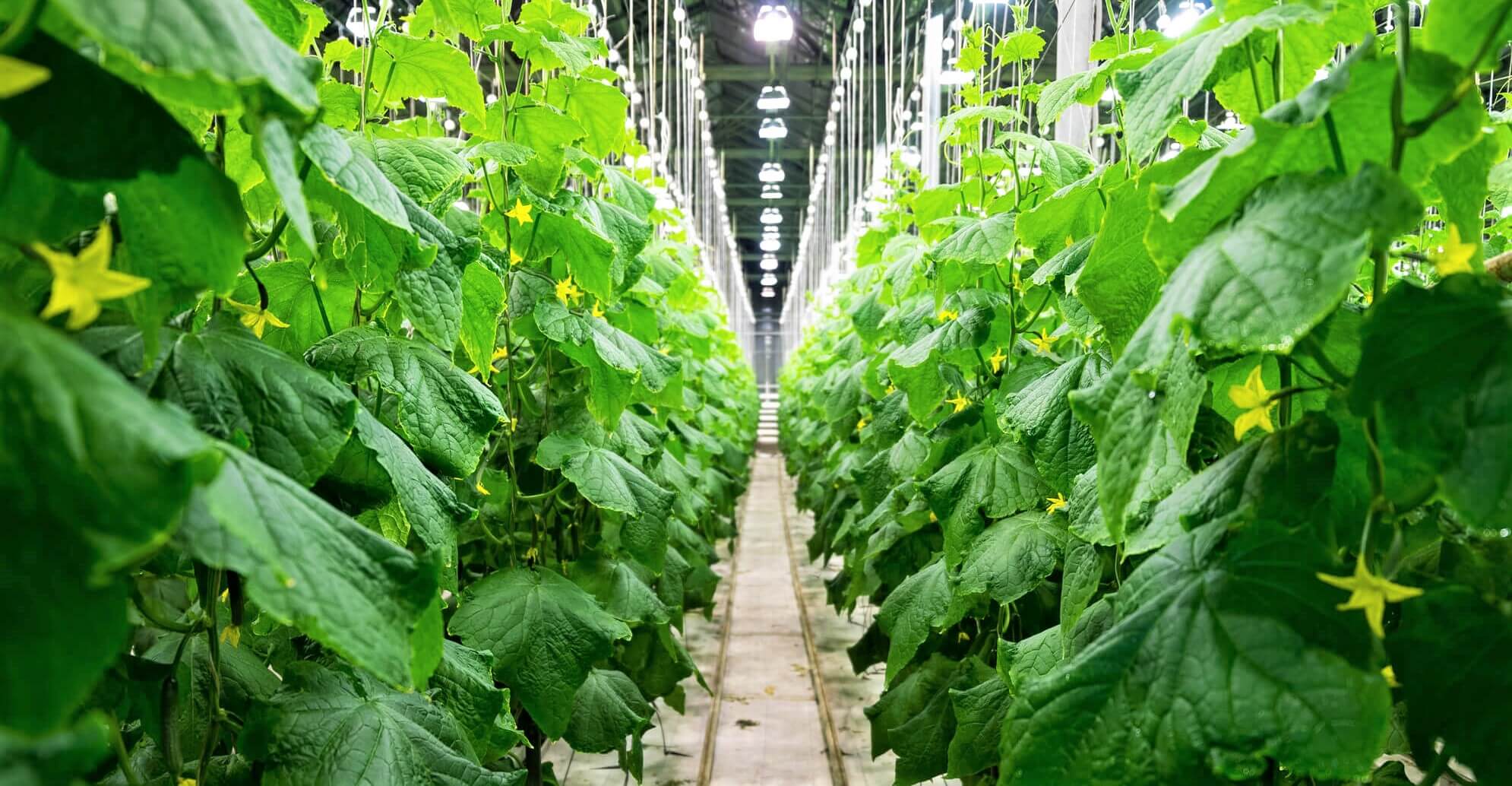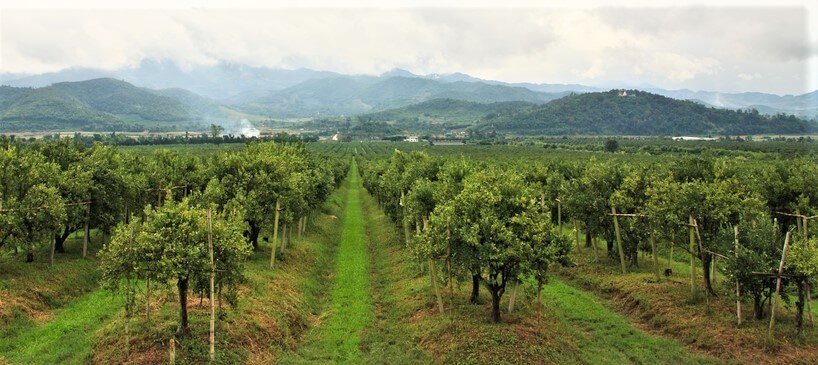Inflation is coming. No, inflation is here… big time. And not just in the United States… it will likely be a lasting …
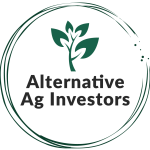
Alternative Ag Investors Passive Income From Farmland Ownership
Rainforest Limes and Panama Residence Option
Offer at a glance:
- Location: San Francisco, Veraguas Province, Panama. About 250 km from Panama City
- Price: $50,000 USD per hectare (2.47 acres)
- IRR: Up to 11% over 30 years
- ROI: Up to 405% over 30 years
- First harvest payment: Following the year 5 harvest
- Average Net Annual Income: $3,968 to $7,935
- Duration: Perpetual; trees are replanted as necessary
- Title: Freehold title
- Project size: 30 hectares (74 acres)
- Minimum purchase: 1 hectare
Lime Trees and a Panama Residency Visa?
This is not your typical investment offer, to say the least. The project was developed to appeal to folks looking for a Panama residency visa. But I realize that may not be your thing. I convinced the company to allow me to sell single hectares (or more) of just lime trees without the visa option. It’s up to you.
This is the first of several projects to come that participate in Panama’s national reforestation program. At 30 hectares, this is a pretty small farm considering the company already manages nearly 3,000 hectares of existing farmland, including their first lime acreage developed in 2015. The intention is to purchase and develop additional land that qualifies for the reforestation program and its Panama Forestry Visa opportunity.
Whether you opt for getting a Panama residency visa or just want to profit from growing limes, this is a good investment managed by a company that already grows limes and is looking to expand their production.
Demand and Marketing
Limes are one of those products that are always in demand. Through the company’s marketing division, limes will be sold in all the main grocery store chains in Panama as well as directly to bars and restaurants.
Limes are widely used in Panamanian cuisine, and will also be sold through the company’s home delivery service in Panama City. With some 70% of all food being imported into Panama, the market is wide open for local producers.
Located just a few hours from Panama City, getting the limes to market is quick and simple. The plantation is near the Pan American Highway and nearly 75% of all Panamanians live along that corridor, so shipping limes throughout the country is an easy process.
The company can get a premium gate price for all of their crops because they are their own wholesaler. In addition to selling their crops to grocery store chains across Panama, they buy and sell crops grown by other farmers. Cutting out the middleman enhances income for both the company and you.
The Crops
The project will grow a unique cultivar of the Persian Lime called the Rainforest Lime. This is a large seedless variety and is well suited for growing in Panama as the existing 200-hectare lime plantation has proven.
The advantages of the Rainforest Lime in commercial agriculture compared to the Key Lime are the larger size, absence of seeds, hardiness and longer shelf life. Rainforest Limes are also less acidic than Key Limes.
A very important trait of the Rainforest Lime is that it is more resistant to disease and pests than most other varieties. It is organically developed to have strong bio-Insecticide qualities while promoting a large production of fruit. This is achieved by naturally selecting over time, the most suitable rootstock from the hardiest trees, and the scion from the most productive and highest quality trees.
The lime tree originated in India and is a member of the citrus family. While the economic projections for this crop are based on a 30-year window, lime trees have a productive life cycle ranging between 35 and 50 years. As an individual tree’s crop begins to diminish, it will be replaced.
Lime trees are both evergreen and everbearing. The latter term means that they produce throughout the year and there isn’t a single harvest season. I own a hectare of limes from the original project and have seen fruit on my trees no matter what time of year I visit.
Using the company’s proprietary artificial intelligence (AI) irrigation system, these limes have the capability of producing fruit at a commercial level for approximately 8 to 9 months of the year. The production varies, resulting in peaks and valleys around the year. Peak production occurs from December to February and again from August to October.
Fruit trees reach maturity level in six years, with possible early harvests in years 4 and 5. As you may know by now, I tend to be conservative when it comes to investing so I just assume the 6-year timeline and would be pleasantly surprised if I get an early crop. Although citrus trees begin producing in earnest in the 6th year, production continually increases in subsequent years before plateauing around year 15.
Risk Factors
Pests are always a risk in agriculture so it’s important to know how this risk is mitigated. Your limes are protected by a windrow of Neem trees that are planted around the perimeter of the plantation.
The neem tree also comes from India and when its fruit and leaves are blown into the field they are broken down in the soil. The resultant compounds help to “fix” nitrogen in the soil (reducing the need for chemical fertilizers).
More importantly, the oil in the neem seeds and leaves is an extremely helpful bio-pesticide, effective against 600 different insect species and plant diseases including aphids, white flies, nematodes, spider mites, powdery mildew and fungus.
The company creates a natural pesticide spray from the neem seeds and leaves, which is used on crops in the field as well as their greenhouse operations.
The Environment & Social Responsibility
The company prides itself on being innovative and has developed processes for the use of organic fertilizers, and the production of natural pesticides and fungicides that give excellent results while protecting the environment. These methods result in long-term, high-yielding crops of superior quality that benefit both the grower and the consumer.
The farm management company has implemented the Global G.A.P. international agricultural and smart farming standards throughout all of their operations worldwide. This is a set of farm management practices that ultimately create positive social and environmental impacts.
The company has also developed processes and technologies to maximize the use of organic wastes for the production of fertilizers and extraction of natural products from plants to be utilized in agriculture as natural pesticides and fungicides. The AI-driven drip water system supplies water and nutrients directly to the roots of each tree, significantly reducing water use.
An Option for The “Plan B” Crowd
Obviously, the ability to obtain a Panama residency visa isn’t of interest to everyone, but with everything that is going on internationally many people are looking for a Plan B alternative in case their world goes to hell in a handbasket. I’ve had a lot of interest in this option from Europeans, primarily due to the war in Ukraine.
The 2021 Presidential Decree No. 199 regulates the Panama Forestry Investment Program that offers foreigners the opportunity to become Panamanian residents by investing in a qualified forestry project. The project holds a Forestry Certificate issued by the Ministry of Environment of Panama which qualifies the land for the Forestry Visa program.
This is part of the country’s initiative called “One Million Hectares” which promotes a culture and commitment to sustainable practices and cutting-edge technology applied to agro-reforestation.
The Rainforest Lime opportunity is three offers in one, two of which qualify you for Panama residency:
- Buy 1 or more hectares at $50,000 per hectare and enjoy your annual harvest profits
- Buy 2 hectares for $100,000 and receive the profits plus qualify for temporary residency with permanent residency granted within 2 years
- Buy 7 hectares for $350,000 and receive the profits plus qualify for immediate permanent residency
I know a bit about the visa process because I have a Panama Residency Visa, acquired under a different program that is no longer available. I was planning on moving to Panama until I remarried (my new wife isn’t too keen on the idea of moving abroad 😊). The point is that there are a lot of people looking to move to Panama because the cost of living can be pretty low while the infrastructure, healthcare and other amenities are good.
For the 2-hectare residency visa option, the legal expenses for applying for the residency visa start at $8,500. For the immediate residency option, legal and administrative fees are included. The company has informed me that every investor has already received either their temporary or permanent visa right on time.
As the project sells out, the minimum purchase price for the residency program will be going from $100,000 plus visa costs to a flat $125,000 for the temporary residency option.
The Company
This project is managed by one of the premier farm development and management companies in Panama. The company is vertically integrated and prides itself on being a “seed-to-table” company; they develop the land, grow the saplings, make their own natural fertilizers, do the planting, manage the crop, conduct the harvest, do the processing/packing and manage the sales.
They have been around since 2012, own processing facilities in Peru, manage crops in Panama (limes, avocados, guava, plantains, dragon fruit, mangos and greenhouses), built their own cold storage facility at the port of Rotterdam and have multiple cooperative agreements with local farmers in Panama, Mexico, Costa Rica and Peru to sell their produce to retailers and wholesalers around the world.
The company already has experience growing limes and this crop has been one of their strongest, most consistent performers, as well as having a strong local and international market.
The company’s farm management division is an international water and agricultural consulting and management company that develops land and operates both organic and conventional farms in a cost-effective manner, focusing on the minimization of the use of harmful chemicals often found in fertilizers, pesticides, and fungicides, while at the same time replenishing the nutrients needed by the soil.
The Offer
You will receive freehold title for each hectare of land you purchase. This includes the land, the trees and a state-of-the-art irrigation system that uses artificial intelligence algorithms to dose each tree with the exact amount of water and nutrients necessary to maximize production.
There are 3 offers; buy as little as a single hectare without a Panama visa, buy 2 hectares and get a temporary Panama visa or buy 7 hectares and get an immediate Panama residency visa.
There are 2 contracts – 1 for the land and another for the farm management agreement. The second contract outlines the fact that there is a $6,300 crop care contribution per hectare. This fee is prepaid for years 0 through 4 and included in the purchase price.
The Annual Crop Care Contribution is the expense for the harvest, maintaining the greenfield and monitoring the SupPlant irrigation system for each hectare, pruning, grafting and other activities to ensure the highest crop quality and quantity.
The farm management agreement also outlines that there is a 70%/30% spilt of the harvest returns. In other words, you get 70% of the net proceeds. This is important because it ensures that the company has skin in the game; if you don’t make money they don’t either.
Each assigned plantation is hand-picked and calculated for production for your specific assigned area. One of the things I like about the financials for this opportunity is that the company has very realistic estimates and includes both conservative and optimistic projections.
The Bottom Line
The development phase of the project is estimated to last through mid to late 2026. This includes land development, building roads and berms, installing the AI irrigation system, growing saplings, planting the fields and maintaining the trees prior to the first harvest.
The IRR and ROI are based on 30-year projections. Cash returns on fruit production are estimated to begin in year 6 (with possible early harvests in years 4 and 5) with increasing production and returns in subsequent years.
Your investment in growing limes is set to yield a strong 405% ROI over the first 30 years backed by an experienced grower. Marketing costs are minimal based on strong local demand.
Known risks are mitigated by simple yet effective and proven methods. Your land will have freehold title in either your name or corporate name.
This opportunity is perfect for people:
- Who understand the value and importance of sustainable farming
- Seeking lower entry point farm ownership opportunities
- Who are forward-thinking investors focused on their long-term financial health
- Building a portfolio that is not correlated to the stock and bond markets
- Looking to create a hedge against inflation while minimizing financial risk
- Seeking off-shore investment opportunities
- Seeking a recurring passive income revenue stream
If you’re interested in more details, including the company brochure and full financials, click the link below and learn how this opportunity can be a part of your portfolio.
BLOG POSTS
Regardless of what you may think about the recent antics involving GameStop and other stocks, you may have noticed that folks who …
If you’ve been thinking about putting some of your money into farming, congratulations – you’re the type of person who thinks outside …
According to the U.S. Department of Agriculture, roughly 15 billion bushels of corn are grown in an average year in the U.S. …
Are your loved ones prepared for uncertain times ahead? Will they have enough financial resources to weather rough times? Do they have …
Are greenhouses the wave of the future for produce farming? Many experts think so and it might be time for you to …
Farmland. It’s a tremendous long-term investment and, like most alternative investments, you can get some idea of its value by who chooses …
You’ve been working hard and looking down the road towards the day you get to stop working. You’ve been socking away money …
You’ve got some investments but you’re worried about the future. You’ve done your research. You know it’s critical that you diversify your …
Although not an exact quote, that line from Samuel Taylor Coleridge’s 1798 poem the Ancient Mariner is becoming increasingly true at a …
Most of my blog posts are topical, but this week I’m writing about my inspection tour of the greenhouse that my wife …
My Fair Lady Mangos Shortly after booking my flight to Panama, I learned that there had been a fire on the …
During my last trip to Panama, I met with the president of an amazing company that produces specialized coffee and cacao. I …
Update: I originally wrote this blog post on May 29. I knew things were bad at that point, but now they are …
Owning managed farmland is a smart investment. Managed farmland consistently increases in value, is a strong inflation hedge, outperforms the stock market, …
My wife and I reprised our Maui honeymoon during the first 10 days of September and had a fabulous time. When we …
In 2008, as the U.S. and the world were facing a dramatic economic downturn, NuWire Investor developed a list of the top …
Sometimes I hate it when I’m right. Unfortunately, my prediction early last year that we would suffer serious inflation in 2022 has …
Over the years, I have been frequently asked what sustainable agriculture is and why it’s important. And last month Jose, a prospective …
Eight billion. According to the United Nations, that’s the estimated milestone population of the Earth as of November 15. The most current …
Amazing! I recently returned from a multi-day tour of the AgroNosotros coffee and cacao farms in western and north Panama and was …



